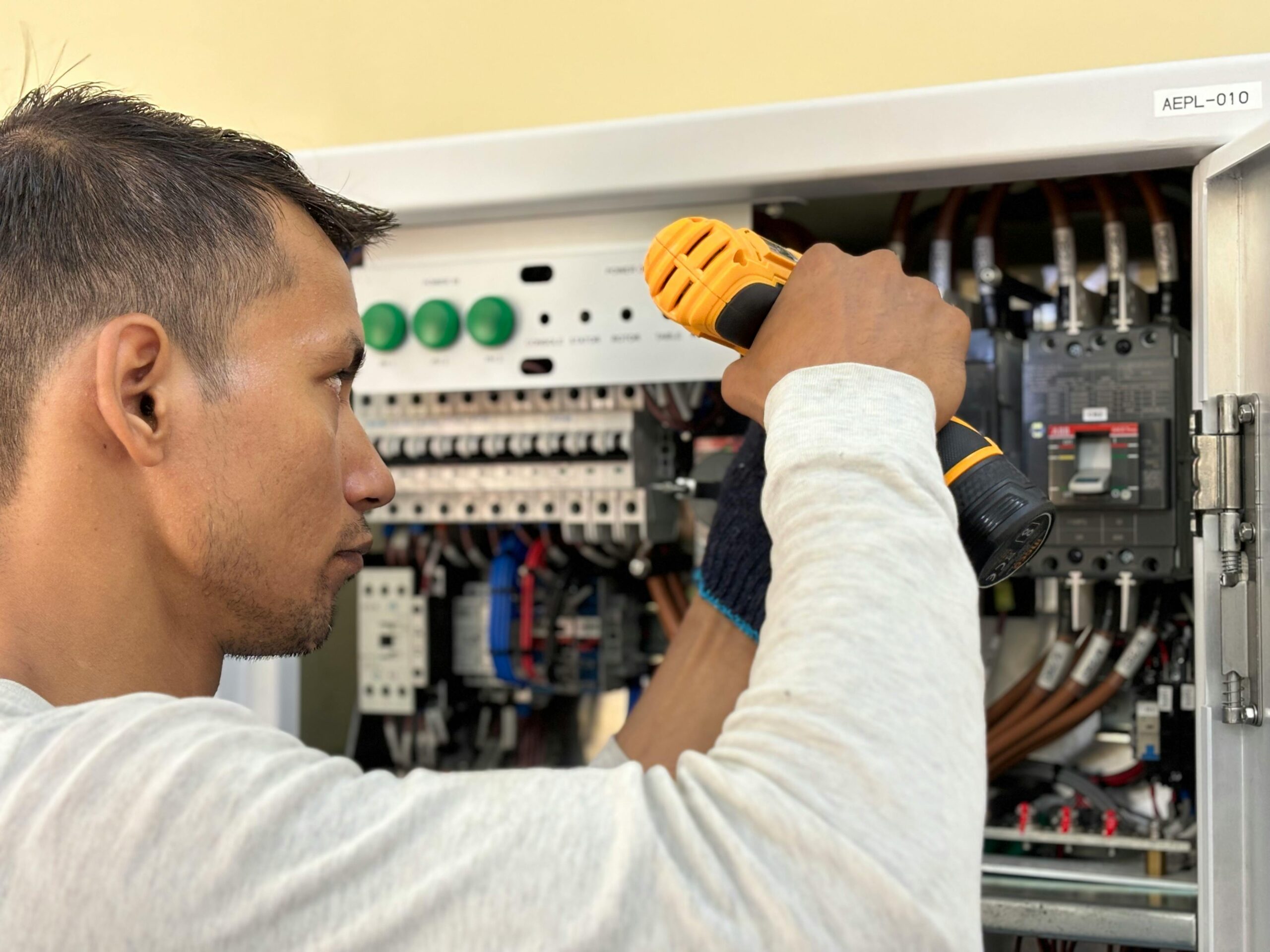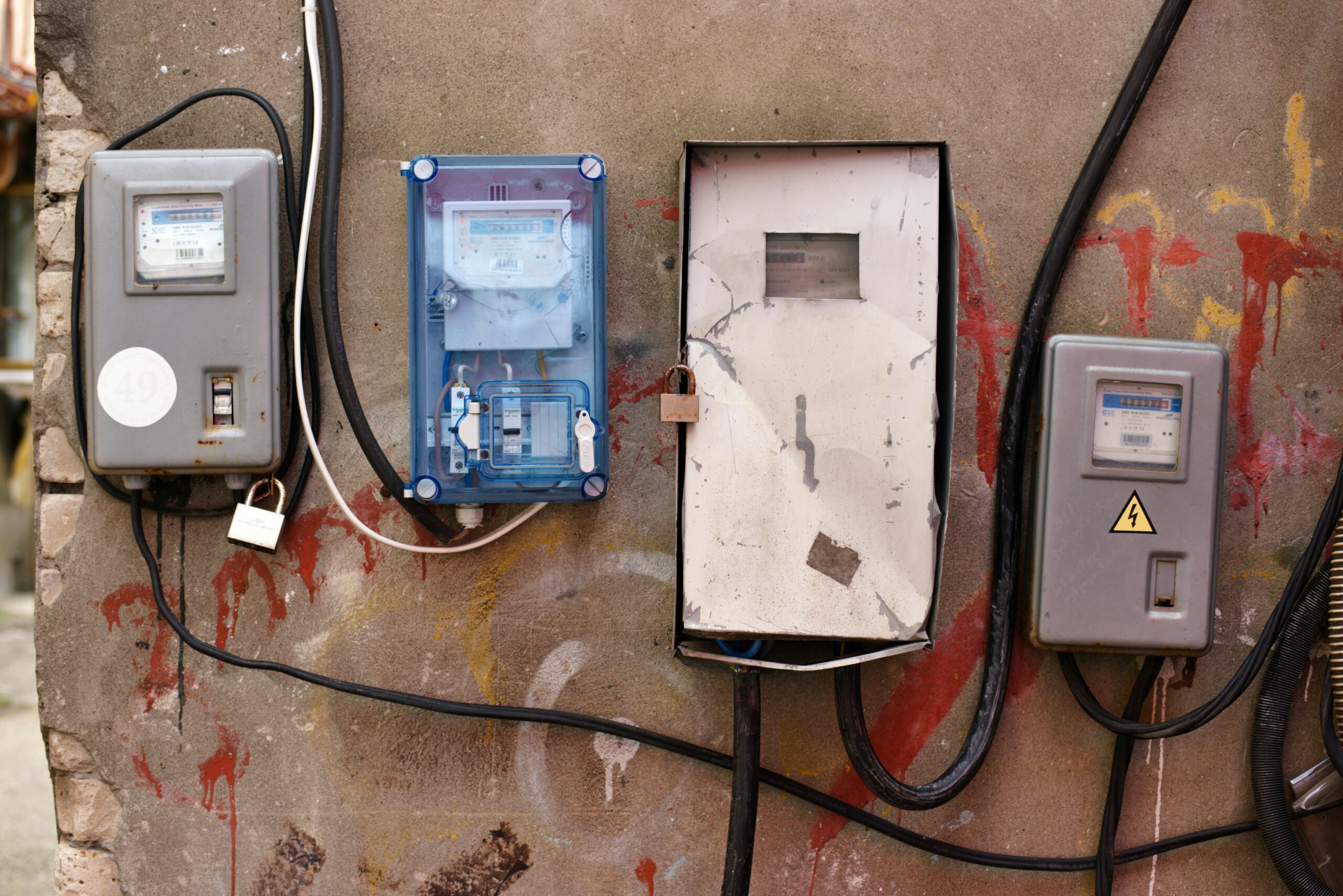If you’ve ever found yourself in a situation with no electricity available, maybe during a natural disaster or camping trip, a portable generator may be your solution. These generators are typically small, easy to use, and can provide electricity for various devices. From powering your home appliances during a power outage to providing energy for outdoor parties, there’s no doubt about their usefulness. In addition, they come in various types, including gas-powered, propane-powered, and solar-powered, so you can choose one that suits your needs.
In this guide, we’ll be taking a closer look at how do portable generators work and how to choose the right one for your needs. So, let’s get started and explore the world of portable generators!
How a Portable Generator Works
A portable generator has two main components: the engine and the alternator. The engine uses fuel to create mechanical energy, and the alternator converts that mechanical energy into electrical energy. Together, they generate the power that runs your appliances.
Portable generators can run on various fuels, including gasoline, diesel, propane, and natural gas. Gasoline is the most common fuel source for portable generators because it’s widely available and easy to store. Diesel-powered generators are more efficient and have longer lifespans than gasoline-powered ones but are typically more expensive. Propane is a cleaner-burning fuel source that emits fewer pollutants than gasoline or diesel. Finally, natural gas-powered generators are ideal for home use because they can be connected to your home’s gas supply line.
Portable generators can have either a two-stroke or a four-stroke engine. Two-stroke engines complete the four strokes (intake, compression, combustion, and exhaust) in just two movements, while four-stroke engines complete them in four. Four-stroke engines are more common in portable generators because they are more efficient, quieter, and produce fewer emissions.
Choosing the Right Portable Generator
When finding the right portable generator, you’ll want to consider a few key factors before purchasing. One of the most important things to consider is your wattage needs assessment. This will help you determine how powerful a generator you need to power your appliances and electronics. Additionally, you’ll want to consider noise levels – especially if you plan to use your generator in a residential area.
Fuel efficiency is another important consideration, especially if you plan on using your generator for extended periods. Finally, think about portability – you’ll want a generator that’s easy to move around. And lastly, check out any additional features or accessories that may be included – such as an electric starter or built-in fuel gauge. With these considerations in mind, you’ll be sure to find the perfect portable generator to suit your needs.
Setting Up a Portable Generator
Safety should always be the top priority when setting up a portable generator:
- Be sure to read the manufacturer’s instructions thoroughly before use. Protective gear such as gloves, goggles, and ear plugs may be necessary.
- It is crucial to ground the generator properly to protect against electrical shock.
- Proper ventilation is essential to prevent carbon monoxide poisoning.
Always store fuel in a ventilated area and handle it carefully, as gasoline is highly flammable. Considering these safety precautions, you can ensure your portable generator’s successful and safe operation.
Starting and Operating a Portable Generator
When starting and operating a portable generator, there are a few important things to remember. First and foremost, understanding the controls is crucial. Review the manual thoroughly to know how to operate the generator correctly and safely. Starting the engine is relatively straightforward once you’re familiar with the controls.
However, following best practices and operating tips, such as keeping the generator away from windows and exhaust fumes, will ensure a safe and efficient experience. Finally, monitoring and maintenance are essential for keeping your portable generator in good condition for years. Regularly checking the oil and replacing the air filter are just a few ways to ensure peak performance.
Troubleshooting Common Issues
Here are some potential solutions for troubleshooting common issues of a portable generator:
Engine won’t start:
- Check if there is enough oil level and fuel in the tank.
- Make sure the spark plug is clean and functioning.
- Ensure the fuel valve is turned on.
- Try using a different pull cord or button to start the engine.
Generator runs poorly or inefficiently:
- Change the air filter.
- Check and clean the carburetor.
- Adjust the choke lever.
- Replace any damaged or worn-out parts.
- Make sure the engine’s RPMs are set correctly.
Overloading and tripping circuit breakers:
- Reduce the number of electrical devices being powered.
- Ensure the generator is appropriately rated for the power being used.
- Check if the extension cords being used are too long or damaged.
- Reset the circuit breaker and try decreasing the load on the generator.
Fuel system problems:
- Clean out any debris or dirt in the fuel tank.
- Drain old fuel and replace it with fresh fuel.
- Check the fuel lines for leaks or cracks.
- Clean or replace the fuel filter.
- Adjust the carburetor’s fuel mixture if necessary.
Maintaining Your Portable Generator
Like other equipment, portable generators need regular maintenance to function effectively. A maintenance checklist can help ensure your generator is always in top shape. Checking the oil level, air filter, and fuel level are just a few items to consider. And when it’s time to store the generator, taking proper steps can prevent damage and prolong its life. Store it dry and avoid exposing it to extreme temperatures or moisture. And if you plan on leaving it unused for a long time, follow extended storage procedures, such as draining the fuel tank and carburetor.
Environmental Considerations
When it comes to choosing a portable generator, it’s essential to take environmental considerations into account. Noise pollution regulations must be considered, especially in residential areas or campsites. Additionally, emissions and air quality concerns are issues, as generators can release carbon monoxide and other pollutants. Safe disposal of old or damaged generators is also a consideration, as they can contain hazardous materials. By being mindful of these environmental considerations, we can help reduce our impact on the planet and ensure a cleaner, healthier future for ourselves and future generations.
Portable Generator Safety Tips
Portable generators are a great solution during power outages. However, it’s crucial to be aware of the potential safety hazards. Carbon monoxide is a silent killer, so never use your generator indoors or in a garage. Keep it at least 20 feet away from your home and open windows. Electrical hazards can also arise if a generator is not properly grounded or connected to a transfer switch. Finally, always read and follow the manufacturer’s instructions carefully.
Fire risks can also be present if the generator is placed near flammable materials or if the engine has been running for an extended period. Finally, weather-related precautions should always be taken, such as keeping the generator dry and away from flooded areas. By following these tips, you can enjoy the benefits of a portable generator safely and effectively.
Portable Generator FAQs
Q: How long will my generator run on a full gas tank?
A: A generator’s runtime on a full tank of gas varies depending on the wattage capacity and load. Generally, smaller generators may run up to 8-10 hours, while larger ones can run up to 12-15 hours on a full tank.
Q: Can I connect my portable generator to my house?
A: Yes, you can connect your portable generator to your house, but it requires a transfer switch installed by a licensed electrician. This ensures that the generator power doesn’t back feed into the grid, which could be dangerous for utility workers.
Q: Do I need a special extension cord for my generator?
A: It’s recommended to use a heavy-duty, outdoor-rated extension cord that is grounded and has a power rating that matches or exceeds the wattage of your generator. This helps ensure safe and reliable power delivery to your appliances.
Q: Can I use my generator indoors?
A: No, you should never use your generator indoors since it emits carbon monoxide, a poisonous gas that can be fatal. Always use your generator in a well-ventilated area outside.
Q: How often should I change the oil in my generator?
A: The frequency of oil changes depends on the manufacturer’s recommendations and usage. As a general guideline, it’s recommended to change the oil every 50-100 hours of use or once a year, whichever comes first. Be sure to check the owner’s manual for specific instructions.
We help companies refine their messaging, hone in their sales process, and grow their pipeline – all with a new website.




